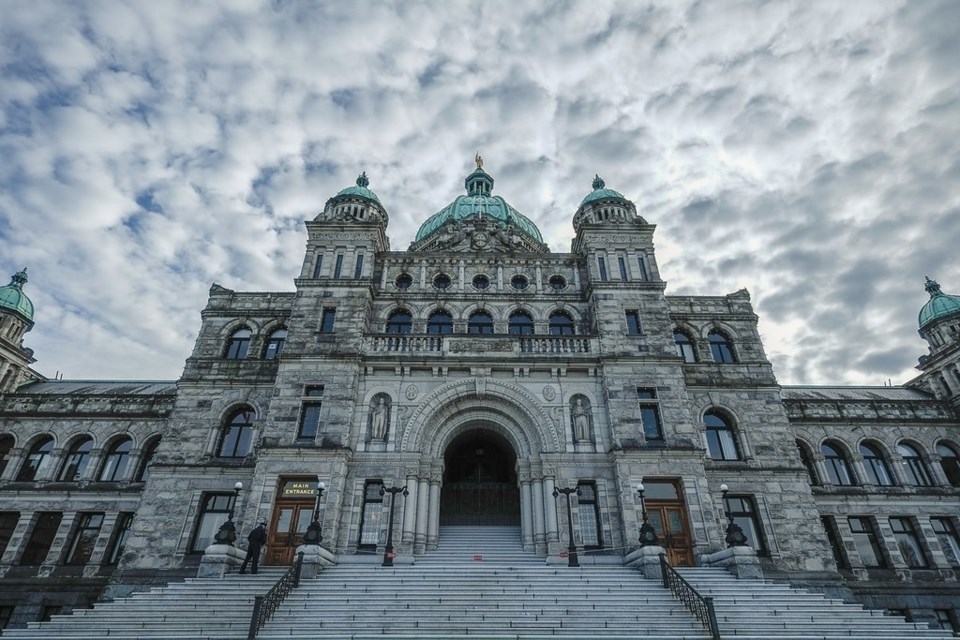A recent TD report warned of British Columbia’s “lackluster investment prospects,” which are impeding strong economic growth. Fortunately, policymakers in Victoria can do something about it. The first step? Replace the provincial sales tax (PST) with a harmonized sales tax (HST).
Currently, B.C.’s PST applies to a wide range of goods and services including business inputs (e.g. machinery and equipment) at a rate of seven per cent. An HST—which existed in B.C. from 2010 to 2013—would apply to far fewer business inputs and therefore cause fewer distortions in consumer and business decisions than the PST. (British Columbians also pay a federal GST when they buy goods and services, but that tax is separate from this discussion.)
Think of it this way. Because the PST taxes the production process via a tax on machinery, equipment and other materials used by businesses and entrepreneurs to produce their goods, there’s a higher cost (or lower return) to investment. And lower investment means less economic growth.
Interestingly, B.C. relies less on general sales tax revenues than other provinces, especially those with an HST, which is generally regarded as the most cost-effective way to collect provincial tax revenues because it minimizes these types of economic distortions. If the B.C. government replaced the PST with an HST, it could increase the share of sales tax revenue and increase the competitiveness of B.C.’s overall tax structure, which means stronger economic growth.
Moreover, Canada is experiencing sluggish productivity growth due in part to the decline in investment in critical areas such as machinery, equipment and intellectual property—again, the PST in B.C. applies to these business inputs. In fact, according to the latest British Columbia Commission on Tax Competitiveness report, the PST in B.C. applies to about 20 per cent of business inputs, leading to higher operating costs that hurt the competitiveness of B.C. businesses in trade-exposed sectors. Some of these costs are passed on to consumers, while others reduce firms’ retained earnings, a crucial source of funding for new investment.
Also, according to the report, an estimated 80 per cent of business spending on machinery and equipment is taxed under the PST, resulting in an effective tax rate of 5.6 per cent in 2016. Consequently, projects must achieve higher pre-tax returns to provide a competitive after-tax return for investors.
A commonly used measure of how taxes affect investment is the marginal effective tax rate (METR), which represents the difference between the pre-tax return needed to achieve a competitive after-tax return, expressed as a percentage of the pre-tax return. In effect, it estimates the tax rate applied to new investment. In 2020, B.C. had the highest METR among provinces at 25.6 per cent, compared to 12.1 per cent in Alberta, 15.1 per cent in Ontario and 11.5 per cent in Quebec. B.C.'s disadvantage was most pronounced for machinery and equipment, with a METR of 27.9 per cent, significantly higher than the Canadian average of 8.4 per cent.
Eliminating the PST on machinery and equipment would reduce the METR across all industries, from 27.9 per cent to 7.7 per cent, bringing B.C.'s METR closer to Alberta's. It could also increase B.C.’s capital stock by about one per cent. This would lead to higher wages, with an estimated increase in annual income ranging from $700 to $1,700 per worker.
If the B.C. government replaces the PST with an HST, it would help provide significant economic benefits, including improved business competitiveness and higher wages for workers.
Bev Dahlby is a senior fellow and Tegan Hill is a policy analyst at the Fraser Institute.




